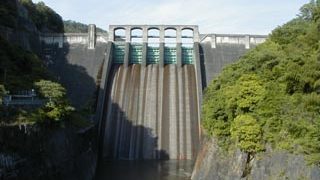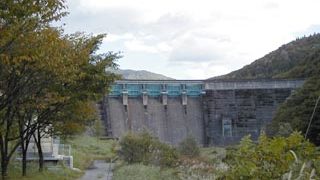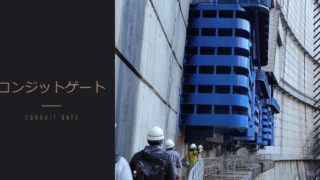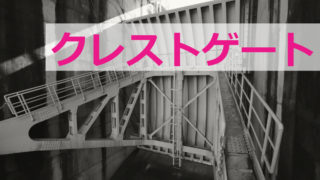 "sa" column or row of the kana syllabary
"sa" column or row of the kana syllabarygravity-fed concrete dam
A gravity-type concrete dam is a dam made of concrete that can support water pressure by its own weight. It requires a large amount of concrete to construct, and the foundation bedrock must be very solid. It is the most robust of the several types of dams and has high durability against earthquakes and floods.






